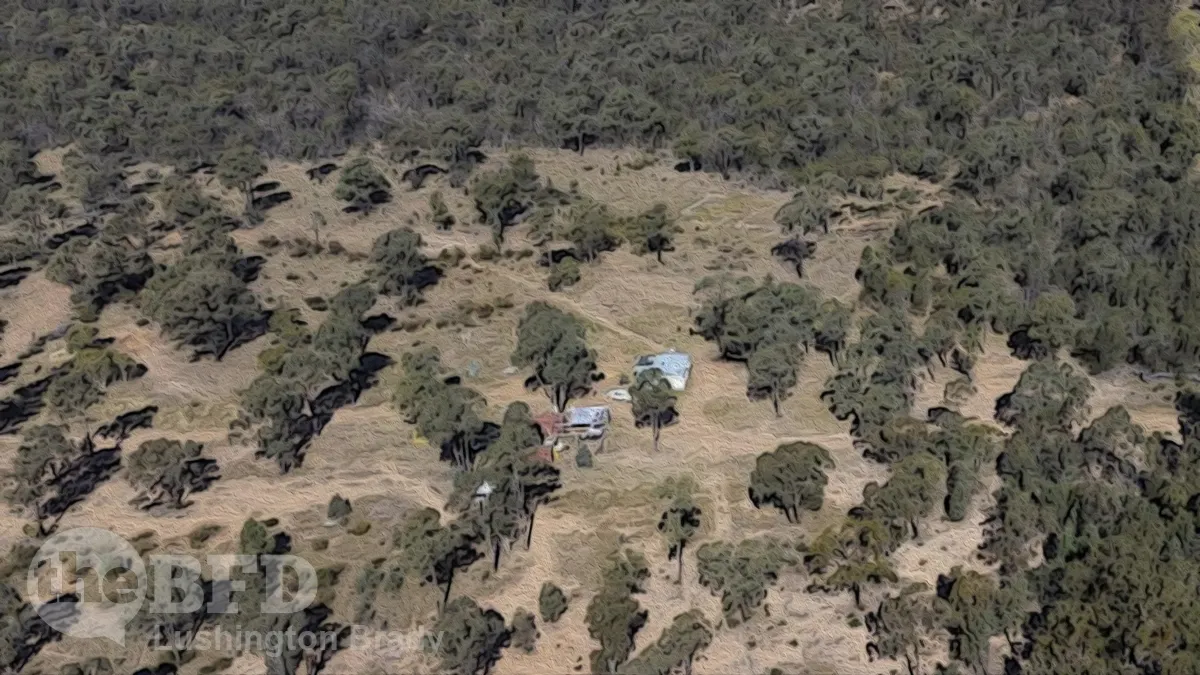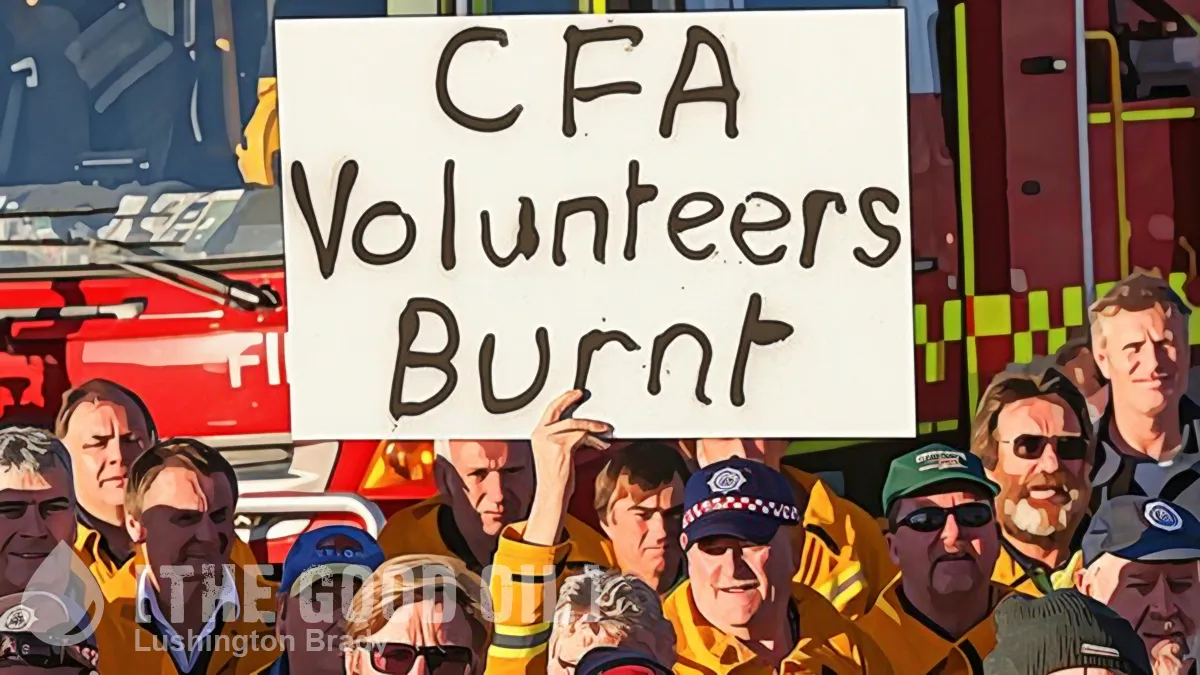Table of Contents
The tyranny of distance is a very real thing, when you live in a place like Tasmania. Just 250km of water makes a huge difference, especially to prices. Tasmanians are well used to paying a good 10c/litre more than our nearest Mainland cousins. On the flipside, housing used to be cheap… but then Mainland Boomers flooded the market, turning formerly inexpensive coastal towns into high-priced God’s Waiting Rooms.
(Double-whammy of bagging out Mainlanders and Boomers. You’re on fire, Lushy, old son!)
If transporting goods over 250ks of water drives up prices, imagine what transporting them over thousands of ks of desert does.
Imagine feeling like a sweet treat, but a packet of chocolate biscuits costs $11.70.
Maybe a stir-fry for dinner? The sauce costs more than $10, triple what it would at a suburban supermarket.
On the way home you need to refuel, but the bowser is showing an eye-watering $3.75 a litre – twice as much as what it costs in the nearest city.
That “nearest city”, though, is nearly 900ks — a 12 hour drive — away. So, there’s that.
“We are very remote and costs have definitely spiked,” explains Madeline Gallagher-Dann, CEO of the Kalumburu community on the northern tip of Western Australia.
“Our barge service costs around $25,000 a fortnight to get the food sent from Darwin, so it’s not a surprise, but it’s definitely a burden for local families.”
Living at the arse-end of the desert comes at a price.
A comparison with metropolitan costs shows locals are paying twice as much for fuel and some basic food items.
For example, a tin of baked beans costs $5.80, compared with the current online price of $2.80 at Coles and Woolworths.
Beef mince sells for $20 a kilo, double the going rate at a regular supermarket.
Gaambera and Walbi elder Dorothy Djanghara says families regularly run out of money to buy food.
“Everything costs more here,” she says.
As a Tasmanian, I can sympathise. But, hey, it’s the price you pay for choosing to live as far away from everyone else as you can.
The high costs are unsurprising given Kalumburu’s remote location. Road access is cut off for about half the year due to wet season road damage.
At many remote stores, unhealthy and packaged food costs more than fresh food, as managers – in this case the company Outback Stores – deliberately subsidise the cost of fruit and vegetables.
The majority of the 400 residents are on small, fixed incomes. There are limited job opportunities, although some families benefit from royalty payments linked to native title commercial agreements.
Remember how they howled down Tony Abbott when he suggested that some of these ultra-remote communities were simply unsustainable? The left didn’t like it, of course: harsh economic reality never does go down well with the left.
Previous government inquiries have concluded the inflated prices are not due to price gouging, but linked to transportation costs, limited storage facilities, and minimal wholesale purchase power compared with major supermarket chains […]
The Albanese government has revealed it is developing a national strategy to address the issue.
Oddly, one of its ideas actually sounds like a half-sensible one.
The catalyst was the 2020 federal parliamentary inquiry that confirmed the remote food supply was fragile, expensive, and affecting health and wellbeing.
It made 16 recommendations, including the creation of a real-time, public price monitoring system for all remote community stores, improved road and shipping infrastructure, and wholesale distribution centres to allow bulk purchasing.
That last sounds like the most useful one. So probably the one the Albanese government is least likely to actually adopt.
It is not yet known whether these will be adopted as part of the strategy.
ABC Australia
C’mon — it’s Albo. If he can’t stuff it up, no one can.









